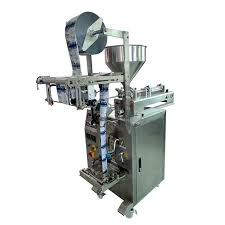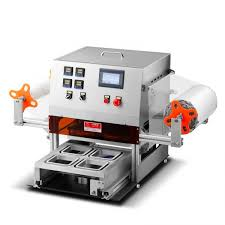Three facts of handheld laser welding machine
Laser welding is a high-efficiency precision welding method that uses a high-efficiency energy relative density laser beam as a heating system. Laser welding is one of the main fields of key technologies for laser raw material production and processing. Laser welding can be accomplished in many ways using continuous or single-pulse laser beams. The basic principles of laser welding can be divided into thermally conductive welding and laser deep penetration welding.
Laser welding is non-contact welding, and the work process does not need to be pressurized, but it needs to use rare gas to prevent air oxidation in the molten pool, and the filler metal material is occasionally used. Laser welding can be combined with MIG welding to form laser MIG hybrid welding, which can complete welding with large melting depth, and at the same time, the heat output is greatly reduced compared with MIG welding.
So, what are the main processing parameters of the handheld laser welding machine in the specific application process?
Advantages of laser welding machine: 2~10 times the speed of actual operation, the welding effect is very flexible and convenient, the welding speed is faster, 2-10 times faster than the traditional welding work, and one piece of equipment can save at least 2 welders a year work. The actual operation is simple, you can enter the job after simple learning and training, no need for a qualification certificate, and you can weld and look at the goods without the need for a master; the actual operator is basically required to be low, recruitment is very easy, and personnel are low-cost.
Optional shaking welding head, high welding composite shape, can weld wider welding, very good external and tailor welding effect, smooth and beautiful welding, reduce later grinding and polishing process, save time, labor and cost; welding components are not deformed , No welding slag, strong welding. All-in-one yoga design (integration of laser, chiller, and welding information system), high processing speed and more stable system software; small volume of the whole machine, with universal wheels and foot cups, it is easy to move and integrate into each Various workplaces can be adjusted in time to build a natural working environment for welding.
Analysis of proper nouns for laser welding machining process:
1. Laser single pulse waveform, total width
Laser single-pulse waveform is a key challenge in laser welding, especially for sheet welding. When the high-toughness laser beam hits the surface of the material, 60-98% of the laser kinetic energy reflective surface will appear on the metal surface and be lost, and the transmittance will change with the ambient temperature. Changes in the transmittance of metallic materials within the efficacy period of a single laser pulse. The duty cycle is one of the main parameters of single-pulse laser welding. It is the main parameter that is different from the removal of raw materials and material melting, and it is also the main parameter to determine the cost and size of production equipment.
2. Laser power, welding speed
Power is one of the most important parameters in laser production and processing. With higher power, the surface can heat up to the melting point in a microsecond period, causing a lot of gasification. Therefore, high power is beneficial for material removal production processes, such as drilling, laser cutting, and hand engraving. For low power, the surface temperature must reach the melting point after several ms. Before the surface vaporizes, the bottom layer reaches the melting point, and it is easy to establish a better fusion welding. Therefore, in transmission laser welding, the standard power is 10^4~10^6W/CM^2.
The speed of the welding speed will harm the heat output per unit time. If the welding speed is too slow, the heat input will be too much, which will cause the workpiece to burn through.
3. Harm of divergence angle to welding qualityLaser welding generally requires a certain divergence angle. Because the power of the center point of the light spot at the laser focus point is too high, it is very easy to volatilize into piles. On the planes leaving the laser focus point, the power distribution is relatively uniform. There are two defocusing methods: positive defocusing and negative defocusing. When the focal plane is located on the top of the product workpiece, it is a positive defocus, and the opposite is a negative defocus. When the defocus is negative, a large melting depth can be obtained, which is related to the whole process of the establishment of the molten pool. In addition, the gas with a higher concentration makes the high-efficiency liquid metal material move to the edge of the molten pool, creating a dent in the core of the molten pool. When the defocus is negative, the internal power of the raw material has a higher specific surface area, which is easy to produce stronger melting and gasification, so that the solar energy is transmitted to the deepest part of the raw material. Therefore, in specific applications, when the specified melting depth is large, negative defocusing should be used; when welding thin materials, positive defocusing should be used.




评论
发表评论